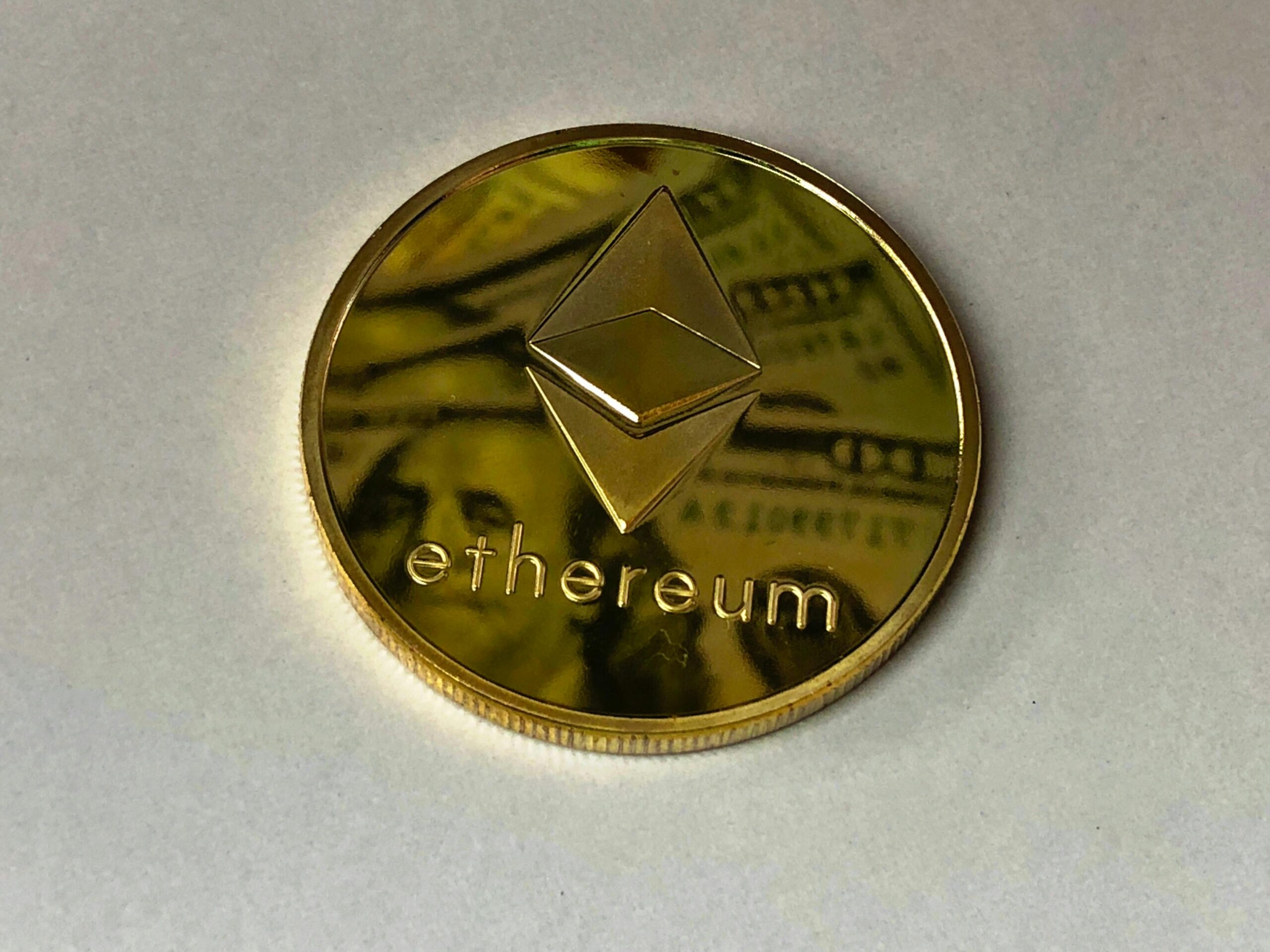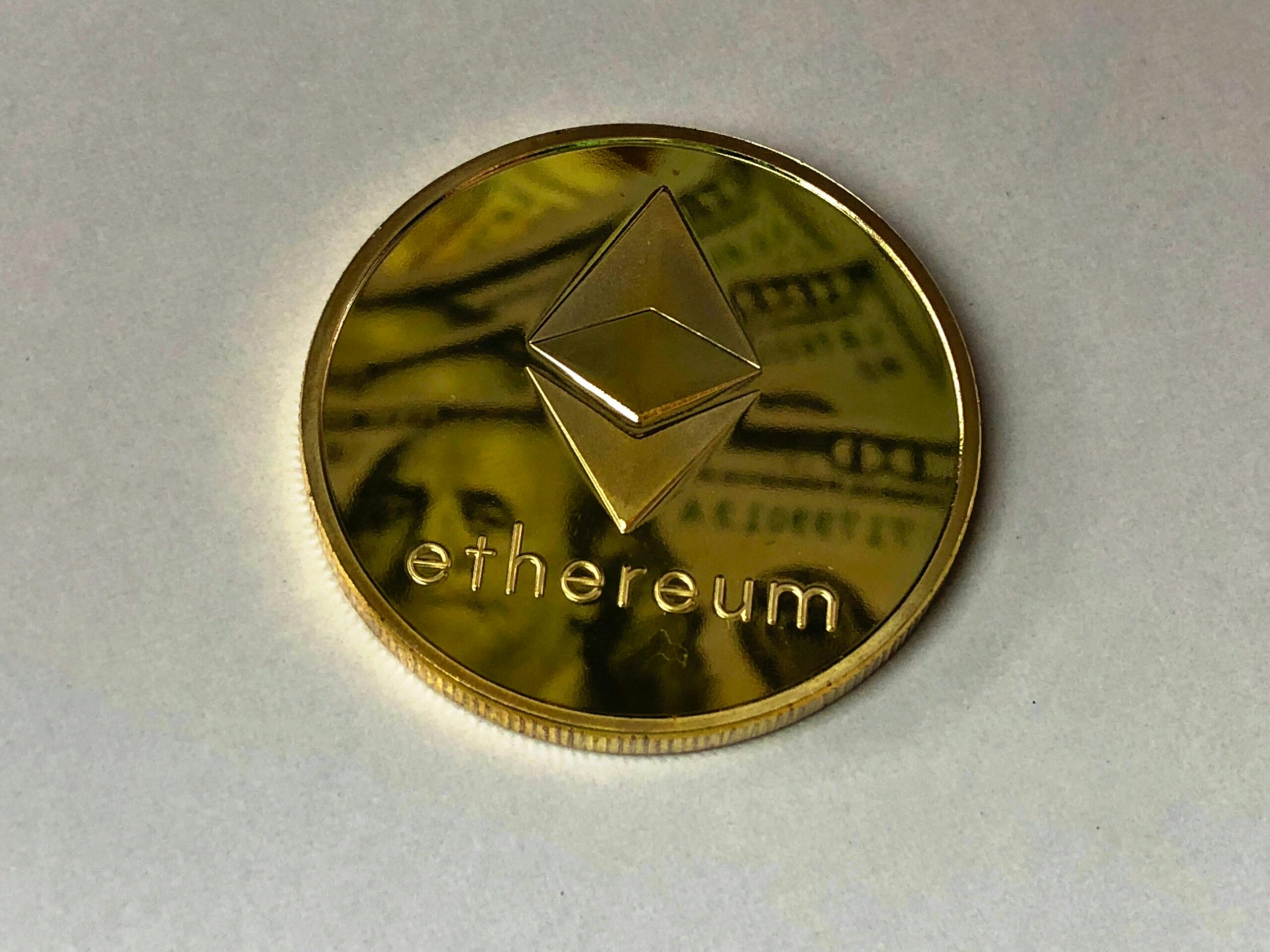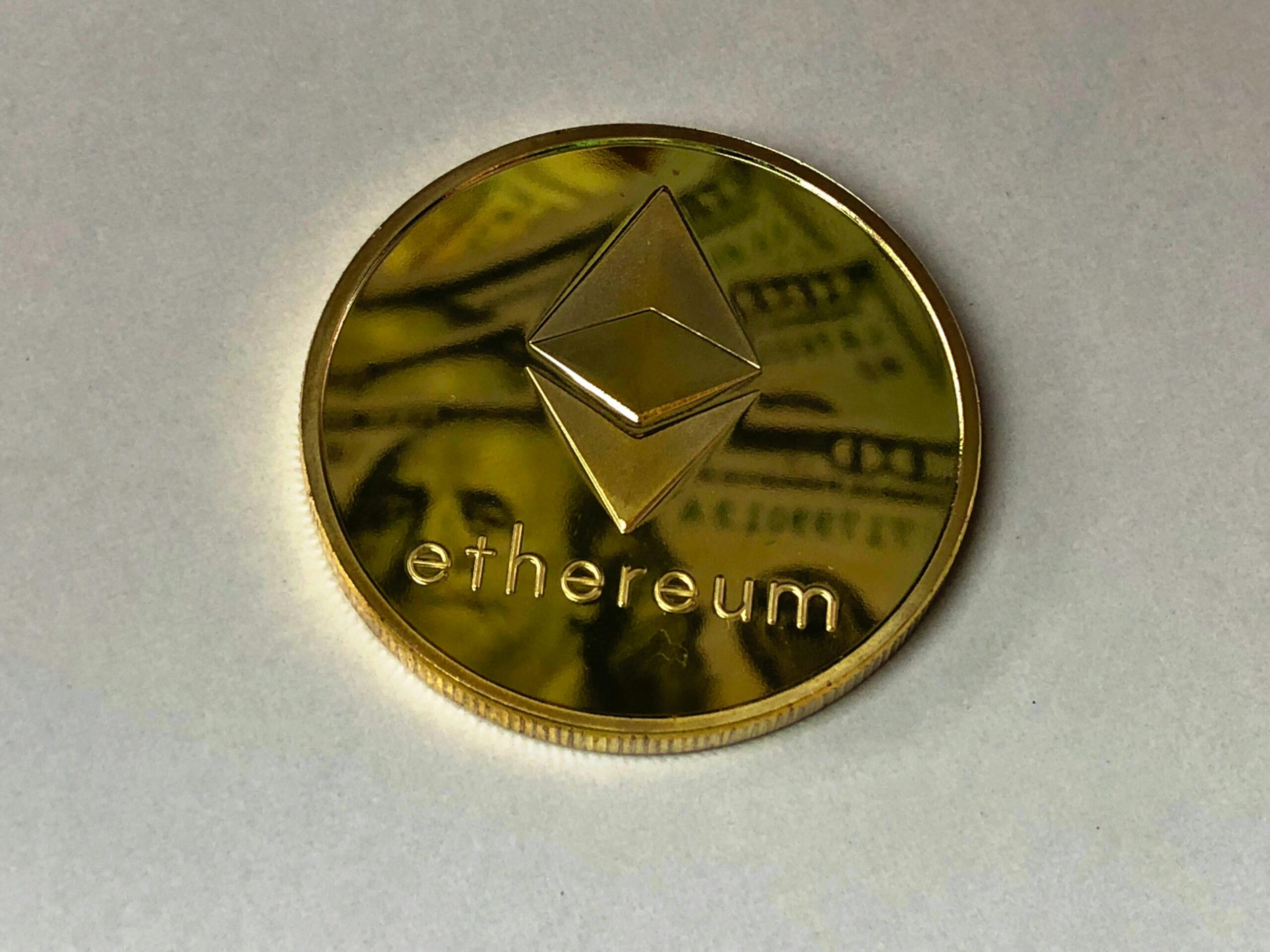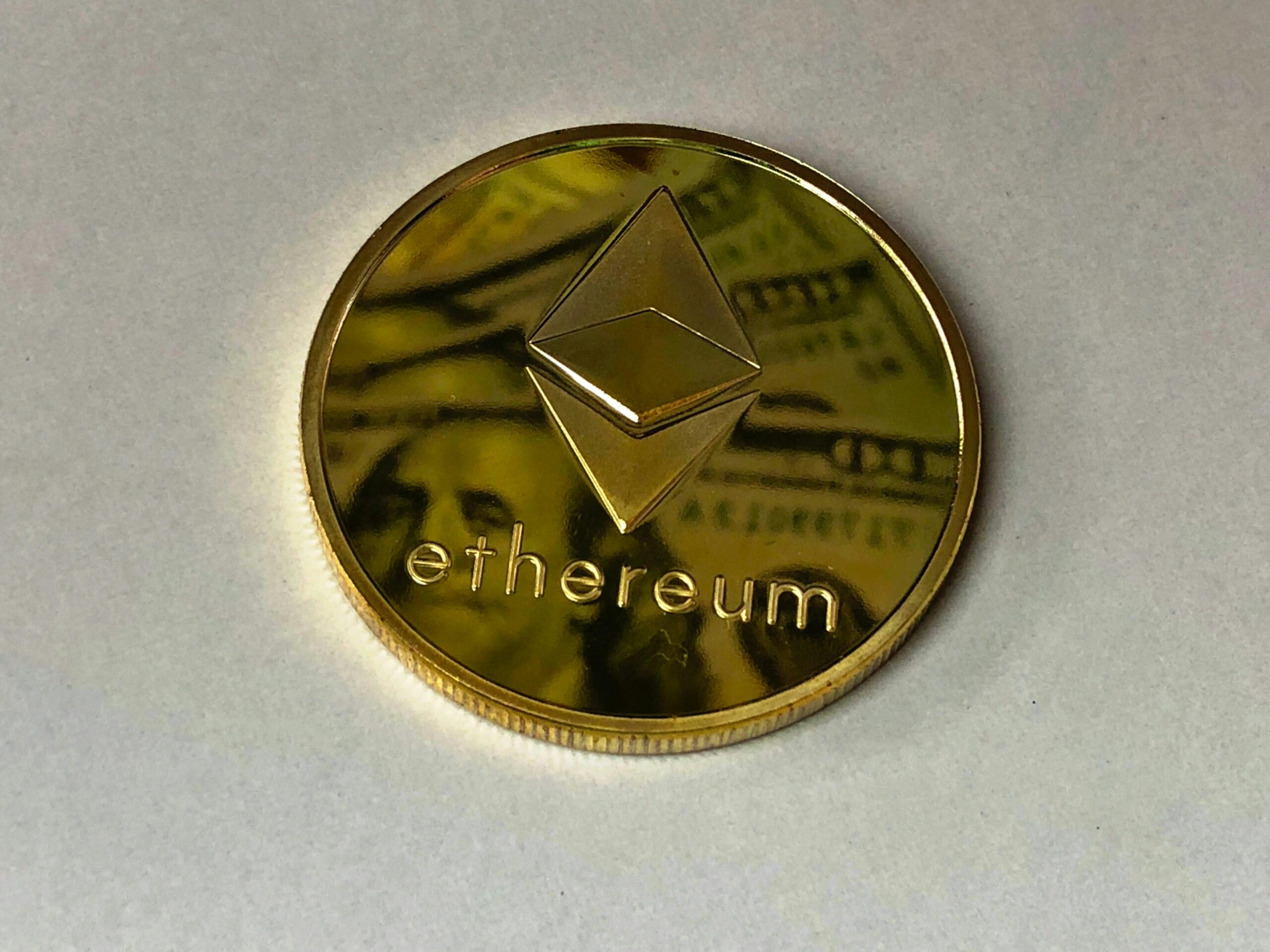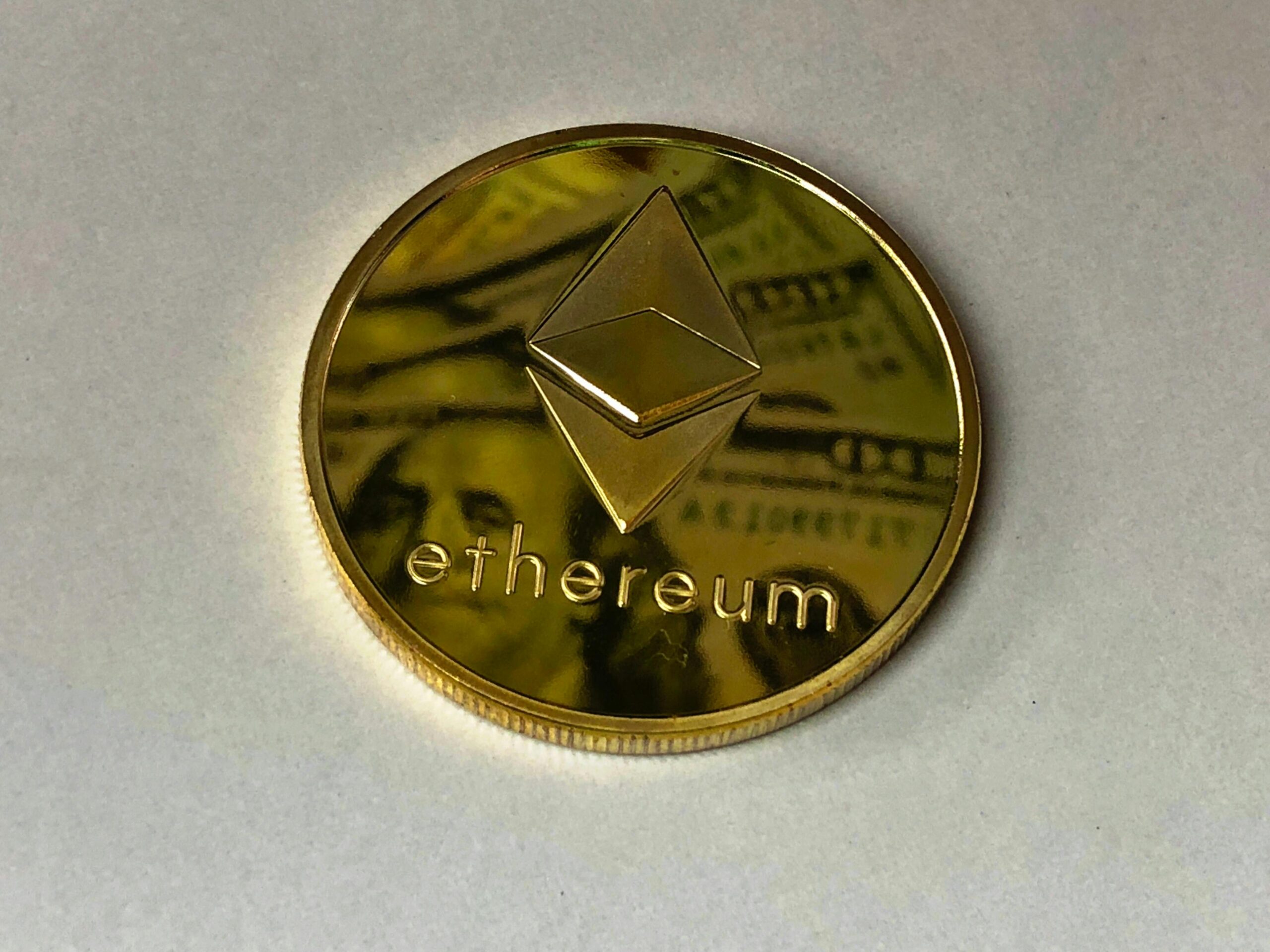
As we dive into the world of blockchain and cryptocurrencies, you may have come across a term that has been gaining significant attention lately: Non-Fungible Tokens, or NFTs. As your teacher, I’m excited to break down what NFTs are, how they differ from cryptocurrencies, and why they’re an important part of the blockchain ecosystem.
First off, let’s start with the basics. In economics, fungibility refers to the ability of a good or asset to be interchangeable with another identical item. Think of it like currency – one dollar is just as valuable as another dollar, and you can easily swap them out without losing any value. Cryptocurrencies like Bitcoin and Ethereum are fungible, meaning that each unit of currency is interchangeable with another.
Non-Fungible Tokens, on the other hand, are a different story altogether. NFTs represent unique digital assets that cannot be exchanged for another identical asset. Each NFT has its own distinct characteristics, value, and ownership history, making it one-of-a-kind. Think of them like rare art pieces or collectibles – each one is special in its own way.
Now, you might be thinking, “But wait, isn’t this just like regular old-fashioned art collecting?” Well, kind of! NFTs do share some similarities with traditional art collecting, but there’s a key difference: NFTs exist solely in the digital realm and are stored on a blockchain. This means that ownership, provenance, and scarcity can be guaranteed and verified through the power of decentralized networks.
One of the most significant differences between NFTs and cryptocurrencies is their purpose. Cryptocurrencies like Bitcoin are designed to facilitate transactions and store value, whereas NFTs are meant to represent unique digital assets that have inherent value in themselves. Think of it like this: just as a Picasso painting has value beyond its monetary worth due to its rarity, beauty, and historical significance, an NFT can capture the essence of a particular moment or creation.
Another crucial aspect of NFTs is their ability to be verifiably scarce. Since they exist on a blockchain, it’s impossible to create multiple copies of the same NFT – once it’s minted (or created), its uniqueness is guaranteed. This scarcity can drive up demand and value for certain NFTs, especially those that are tied to significant events or creations.
Now, let’s talk about some real-world examples of NFTs. One of the most famous NFT collections out there is CryptoKitties – essentially digital cats that you can buy, sell, and trade on a blockchain. Each kitty has its own distinct appearance and characteristics, making them unique and collectible. Another notable example is the NBA’s Top Shot platform, which allows users to buy and sell officially licensed highlight clips of their favorite basketball players.
As we explore the world of NFTs further, it becomes clear that they’re not just a passing fad – they represent an entirely new paradigm for how we think about ownership, value, and creativity. With NFTs, creators can now monetize their digital works in ways that were previously impossible, from art to music to even virtual real estate.
Of course, as with any emerging technology, there are still many questions surrounding the future of NFTs. Regulatory clarity is still needed, and there are ongoing debates about the environmental sustainability of certain blockchain networks. However, one thing’s for sure – Non-Fungible Tokens have opened up a whole new realm of possibility for artists, collectors, and enthusiasts alike.
In conclusion, NFTs offer a fascinating glimpse into a future where digital assets can be scarce, unique, and valuable in their own right. As we continue to explore this brave new world, I encourage you all to keep an open mind and consider the endless possibilities that NFTs present – from creating your own digital masterpieces to collecting rare moments of history.
As your teacher, I’m excited to see where this journey takes us next!










